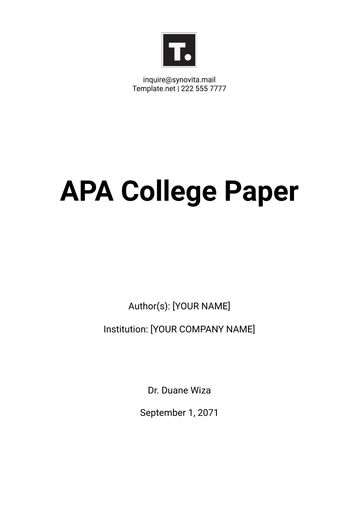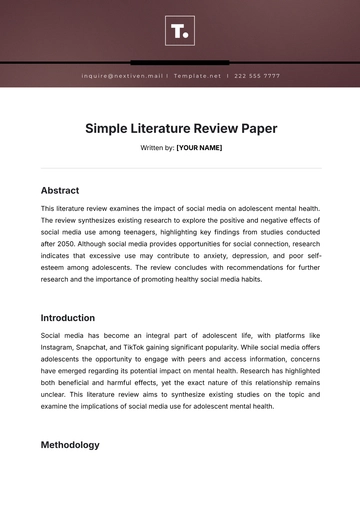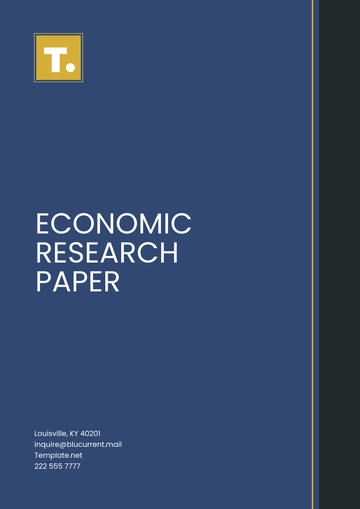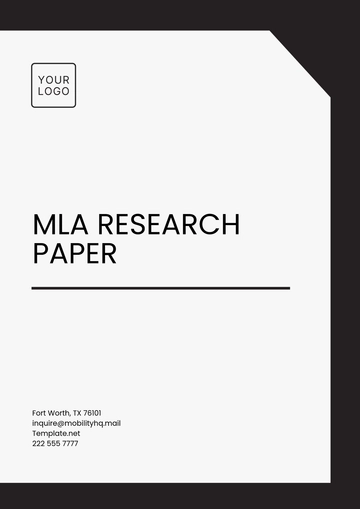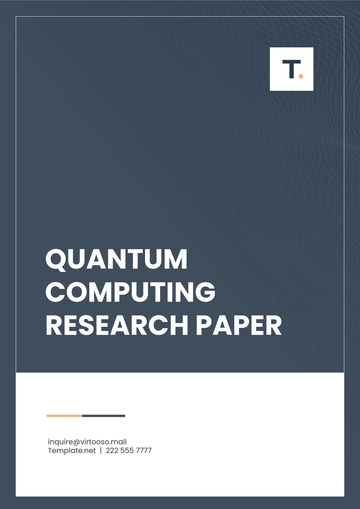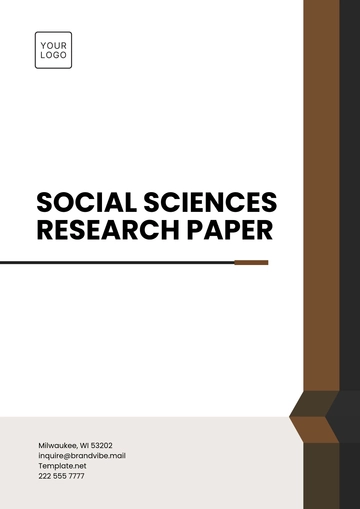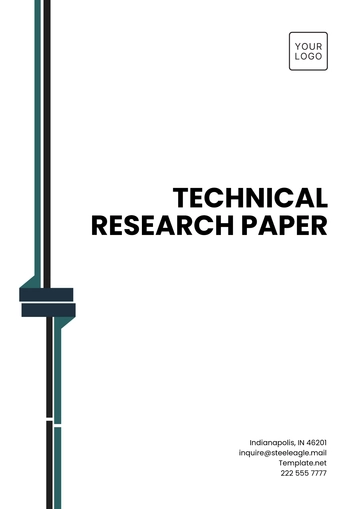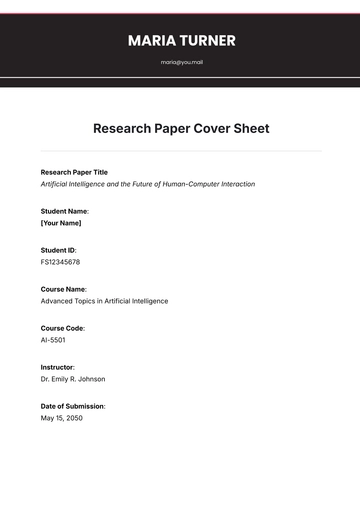Free 3G Technology White Paper
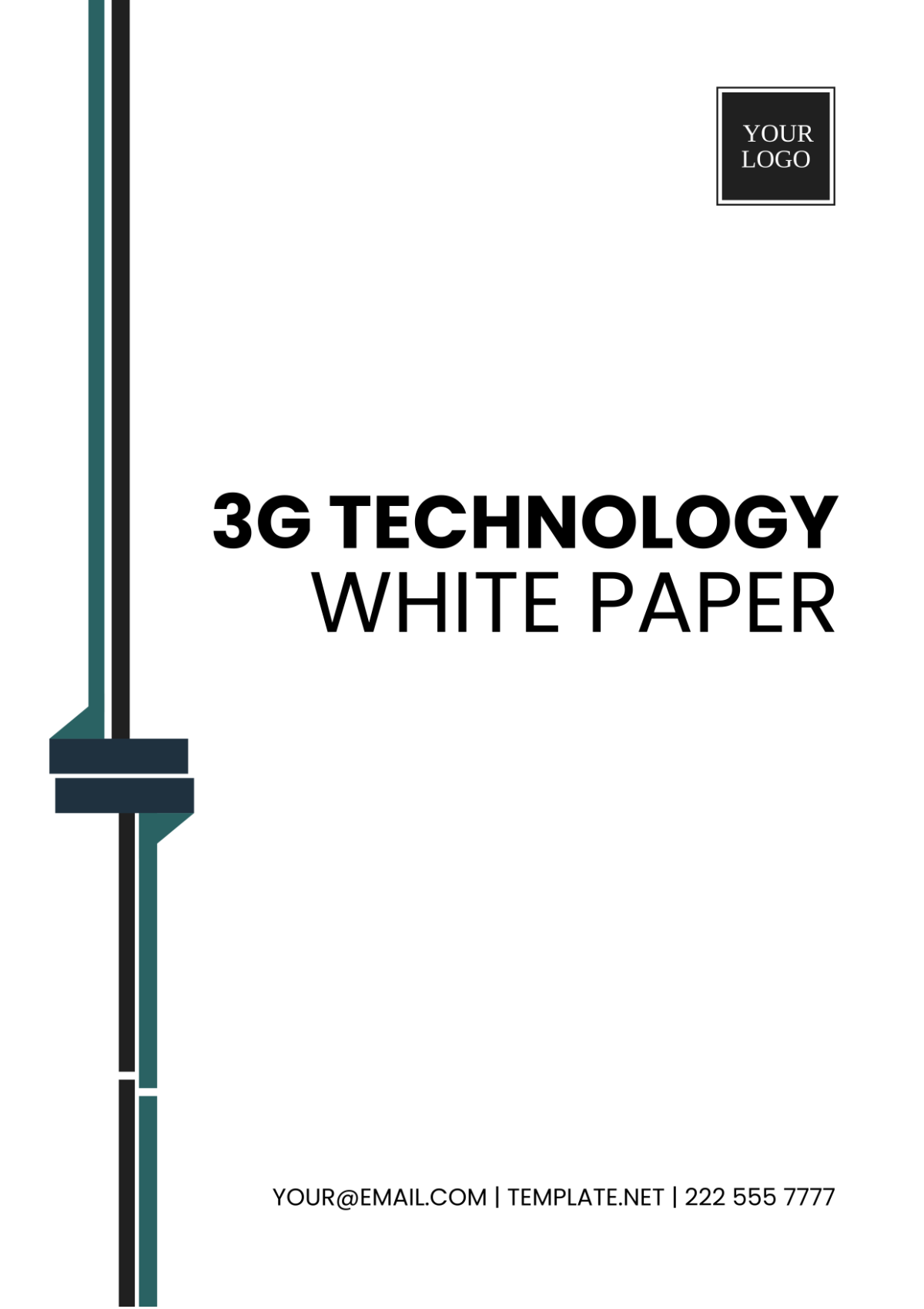
I. Executive Summary

This white paper provides an in-depth analysis of the advancements and challenges associated with 3G technology. Initiated and compiled by [YOUR COMPANY NAME], this document aims to guide stakeholders through the operational benefits and limitations of 3G networks, predicting future trends and recommending strategies for maximizing their utility. This overview facilitates informed decision-making for executives, tech professionals, and policymakers involved in telecommunications.
II. Introduction
As the third generation of wireless mobile telecommunications technology, 3G has significantly transformed how data is transmitted across the global network. This section offers a preliminary discussion about the foundational aspects of 3G technology, provided by [YOUR NAME], at [YOUR DEPARTMENT], [YOUR COMPANY NAME].
III. Development and Deployment of 3G Technology
Evolution from 2G to 3G: Analyzing the technological transition and enhancements.
Global Rollout: A timeline describing major milestones in the adoption of 3G technology worldwide.
Regulatory Impacts: How government policies have shaped the deployment and adaptation of 3G standards.
IV. Technical Specifications

A detailed examination of 3G network capabilities, including:
Data transmission rates and bandwidth.
Service and application compatibility.
Infrastructure requirements and the integration process with existing networks.
V. Advantages of 3G Technology
Exploring the benefits that 3G technology has brought to users and businesses, including enhanced mobile broadband, increased data efficiency, and improved multimedia access.
VI. Challenges and Limitations
While 3G has presented numerous opportunities for advancement, there are also significant challenges:
Coverage issues and the urban-rural divide in network access.
Security vulnerabilities specific to 3G networks.
High costs of infrastructure development and maintenance.
VII. Future Outlook and Conclusion
The impending transition to 4G and beyond promises further enhancements in network technology. This section forecasts the phasing out of 3G technology and its implications for stakeholders, complemented by strategic recommendations for navigating the future landscape effectively.
VIII. References
El-Moghazi, M., Whalley, J., & Irvine, J. (2019). Technology neutrality: Exploring the interaction between International Mobile Telecommunication and national spectrum management policies. Telecommunications Policy, 43(6), 531–548. https://doi.org/10.1016/j.telpol.2019.01.002
Smith, C., & Collins, D. (2001). 3G wireless networks. http://ci.nii.ac.jp/ncid/BB01612047
Wallenstein, G. D. (1983). The International Telecommunication Union in a changing world. Telecommunications Policy, 7(3), 252–253. https://doi.org/10.1016/0308-5961(83)90034-4
IX. Appendix
Global and Regional Trends in 3G Subscribers (20XX-20XX)
Prepared by: [YOUR NAME], [YOUR TITLE]
Contact Information: [YOUR EMAIL], [YOUR PHONE NUMBER]
- 100% Customizable, free editor
- Access 1 Million+ Templates, photo’s & graphics
- Download or share as a template
- Click and replace photos, graphics, text, backgrounds
- Resize, crop, AI write & more
- Access advanced editor
Discover the ultimate solution for crafting professional-grade white papers effortlessly with our 3G Technology White Paper Template from Template.net. This editable and customizable template is tailored for your convenience, ensuring seamless customization in our Ai Editor Tool. Elevate your document's impact and efficiency with ease. Get started on your next masterpiece today.


